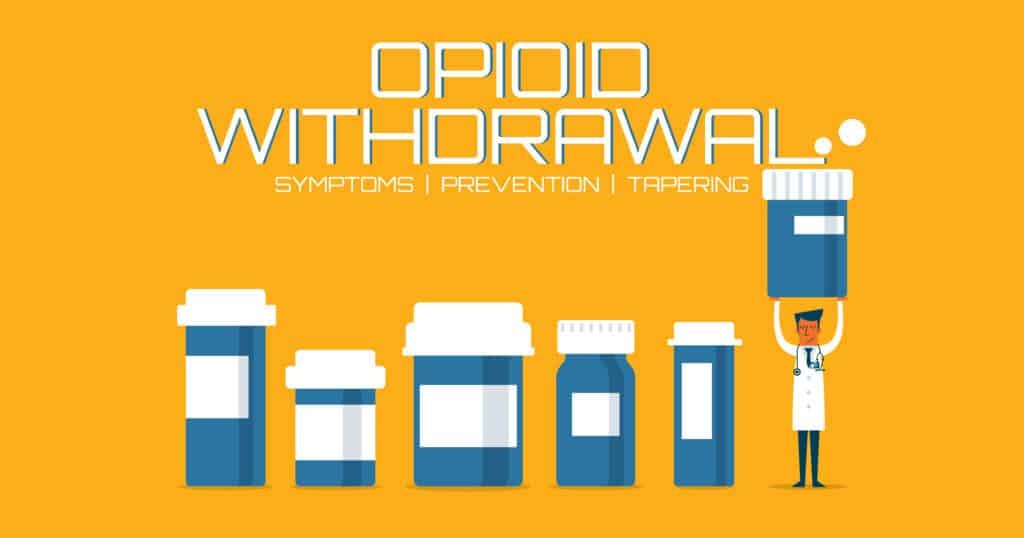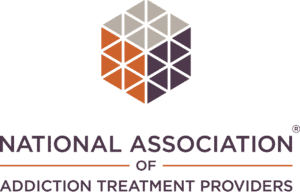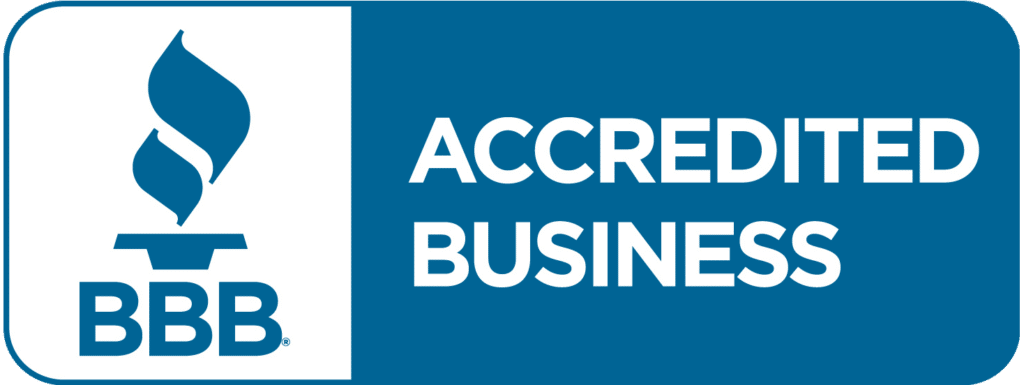Understanding Baclofen Withdrawal and Overdose Risks
Baclofen is a muscle relaxant often prescribed for conditions like multiple sclerosis and spinal cord injuries. While it is effective in reducing muscle stiffness and spasms, it can lead to baclofen withdrawal if stopped suddenly. The body adapts to the presence of the drug over time, and when it is removed too quickly, withdrawal symptoms can appear, ranging from mild discomfort to life-threatening complications.
In some cases, excessive baclofen intake can result in baclofen toxicity, which may cause severe neurological and respiratory issues. Understanding the baclofen withdrawal timeline, recognizing the bad side effects of baclofen, and knowing how to stop taking baclofen safely are crucial for anyone using this medication.
How Baclofen Affects the Body and Why Withdrawal Happens
Baclofen works by acting on the central nervous system, specifically mimicking gamma-aminobutyric acid (GABA), a neurotransmitter responsible for calming nerve activity. By slowing down nerve signals, baclofen helps reduce muscle tightness and spasms. However, prolonged use of the drug can make the nervous system dependent on it to maintain stability. When the medication is suddenly discontinued, the brain struggles to restore balance, resulting in baclofen withdrawal symptoms such as anxiety, tremors, and even hallucinations in severe cases.
Baclofen Withdrawal
Withdrawal occurs when the body no longer receives the external GABA-like effects of baclofen. As a result, nerve activity can become hyperactive, causing physical and psychological distress. The severity of baclofen withdrawal depends on factors like dosage, duration of use, and individual physiology. Those who have taken high doses for an extended period are more likely to experience severe symptoms.
Recognizing Baclofen Withdrawal Symptoms and Their Progression
The symptoms of baclofen withdrawal can begin within hours to a day after the last dose. Early signs often include restlessness, irritability, and excessive sweating. As withdrawal progresses, more intense symptoms such as muscle stiffness, rapid heartbeat, and fever may develop. In some cases, individuals experience baclofen toxicity symptoms like confusion, hallucinations, and even seizures, requiring immediate medical intervention.
Baclofen Withdrawal Timeline: What to Expect
The duration and intensity of baclofen withdrawal symptoms vary, but most cases follow a general pattern.
- In the first 24 hours, mild anxiety, sweating, and restlessness are common. These symptoms may not seem alarming at first, but they can quickly intensify if left unmanaged.
- By day two or three, the withdrawal period typically reaches its peak, with symptoms such as high blood pressure, fever, muscle rigidity, and in severe cases, psychosis or seizures.
- By day four to seven, the body starts adjusting, and physical symptoms begin to subside, but psychological effects like depression and sleep disturbances may persist.
- For some, withdrawal effects linger beyond a week, particularly mental health-related issues such as anxiety and mood instability.
Because of the risks associated with baclofen withdrawal, medical supervision is highly recommended for those stopping the medication, especially after long-term use.
The Bad Side Effects of Baclofen and Its Long-Term Risks
While baclofen is generally well-tolerated when taken as prescribed, long-term use or high doses can lead to bad side effects of baclofen, some of which may interfere with daily life. Common side effects include drowsiness, dizziness, nausea, and confusion. More serious reactions, such as respiratory depression and memory problems, can occur with prolonged use.
For those using baclofen over extended periods, risks increase, including psychological effects like depression, suicidal thoughts, and impaired cognitive function. In some cases, excessive baclofen use can lead to baclofen toxicity, a condition that causes profound drowsiness, respiratory suppression, and even coma. Regular medical checkups can help monitor any potential adverse effects and reduce the risk of complications.
Understanding Baclofen Toxicity and Overdose Risks
Overuse or accidental overconsumption of baclofen can lead to baclofen toxicity, which presents severe neurological and respiratory issues. Individuals experiencing baclofen toxicity symptoms may show signs of confusion, slurred speech, extreme drowsiness, or even loss of consciousness. More serious cases involve slow or labored breathing, seizures, and dangerously low heart rate.
Emergency Treatment for Baclofen Overdose
When an overdose occurs, it requires immediate medical intervention. The treatment of baclofen overdose often includes activated charcoal to absorb excess medication, intravenous fluids to stabilize blood pressure, and in severe cases, mechanical ventilation to support breathing. Because baclofen has a long half-life, its effects can persist for several days, making hospital supervision necessary for recovery.
How to Stop Taking Baclofen Safely
Stopping baclofen abruptly is dangerous, especially for individuals who have been using it for a long time. The safest approach is to taper off the medication gradually under medical supervision. Doctors often recommend decreasing the dosage in small increments over several weeks, allowing the body to adjust slowly. This method helps minimize baclofen withdrawal symptoms and prevents severe complications like seizures or psychosis.
Importance of Medical Detox for Baclofen Withdrawal
Medical detox programs can provide additional support, especially for those at high risk of withdrawal complications. Supervised detox ensures that any emerging withdrawal symptoms are managed promptly and that patients have access to medications that can ease discomfort. Seeking professional guidance is key to stopping the safe use of baclofen without unnecessary risks.
How Baclofen Use Can Affect Organ Health
Long-term baclofen use, as well as overdose, can have significant effects on organ function. One of the primary concerns is kidney health, as baclofen is excreted through the kidneys. Patients with impaired kidney function are at greater risk of developing baclofen toxicity due to the drug accumulating in their system. Additionally, baclofen can impact the liver by altering enzyme levels, potentially leading to liver dysfunction over time.
Impact of Baclofen on the Central Nervous System
The central nervous system also suffers from prolonged baclofen use. Cognitive impairments, memory loss, and emotional instability are common in individuals who have been taking the medication for years. Monitoring organ health through regular checkups can help detect any negative effects early and prevent long-term damage.
Getting Professional Help for Baclofen Withdrawal
For those struggling with baclofen withdrawal symptoms, professional treatment provides the safest and most effective way to recover. Medical detox programs offer 24/7 supervision, ensuring that withdrawal effects are properly managed. Inpatient rehabilitation programs provide a structured environment where individuals can focus on both physical recovery and psychological healing. Outpatient treatment is another option for those who require medical support but prefer to stay at home during recovery.
At Silicon Valley Recovery, our expert team specializes in the treatment of baclofen overdose and withdrawal. Our medically supervised detox programs are designed to help individuals safely taper off baclofen while managing withdrawal symptoms effectively. If you or a loved one needs support, don’t wait—help is available.
FAQ
What happens if you stop taking baclofen suddenly?
Suddenly stopping baclofen can cause severe baclofen withdrawal symptoms, including anxiety, hallucinations, tremors, and even seizures. A gradual tapering process is necessary to prevent dangerous side effects.
Does baclofen need to be weaned off?
Yes, baclofen should never be discontinued abruptly. A slow, medically supervised tapering plan is essential to minimize withdrawal risks and ensure a smoother transition off the medication.
What is baclofen intoxication?
Baclofen intoxication, also known as baclofen toxicity, occurs when too much of the drug accumulates in the body, leading to symptoms such as drowsiness, confusion, slowed breathing, and coma.
What are the rebound effects of baclofen?
Rebound effects happen when baclofen is stopped too quickly, causing a sudden return of muscle stiffness, anxiety, and heightened nerve activity. These symptoms can be severe and require medical attention.
What organs can baclofen affect?
Baclofen primarily affects the brain and central nervous system, but it can also impact the liver and kidneys, particularly in individuals with preexisting conditions.











